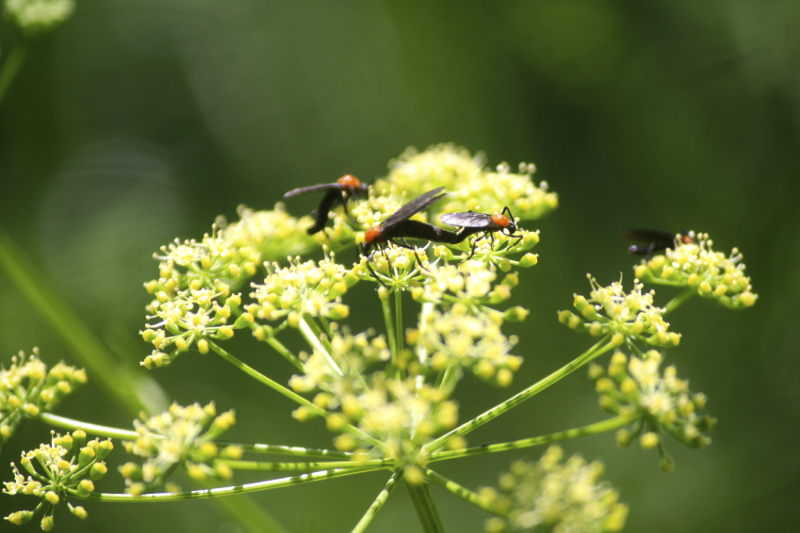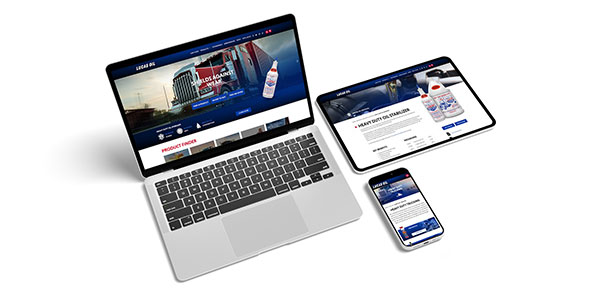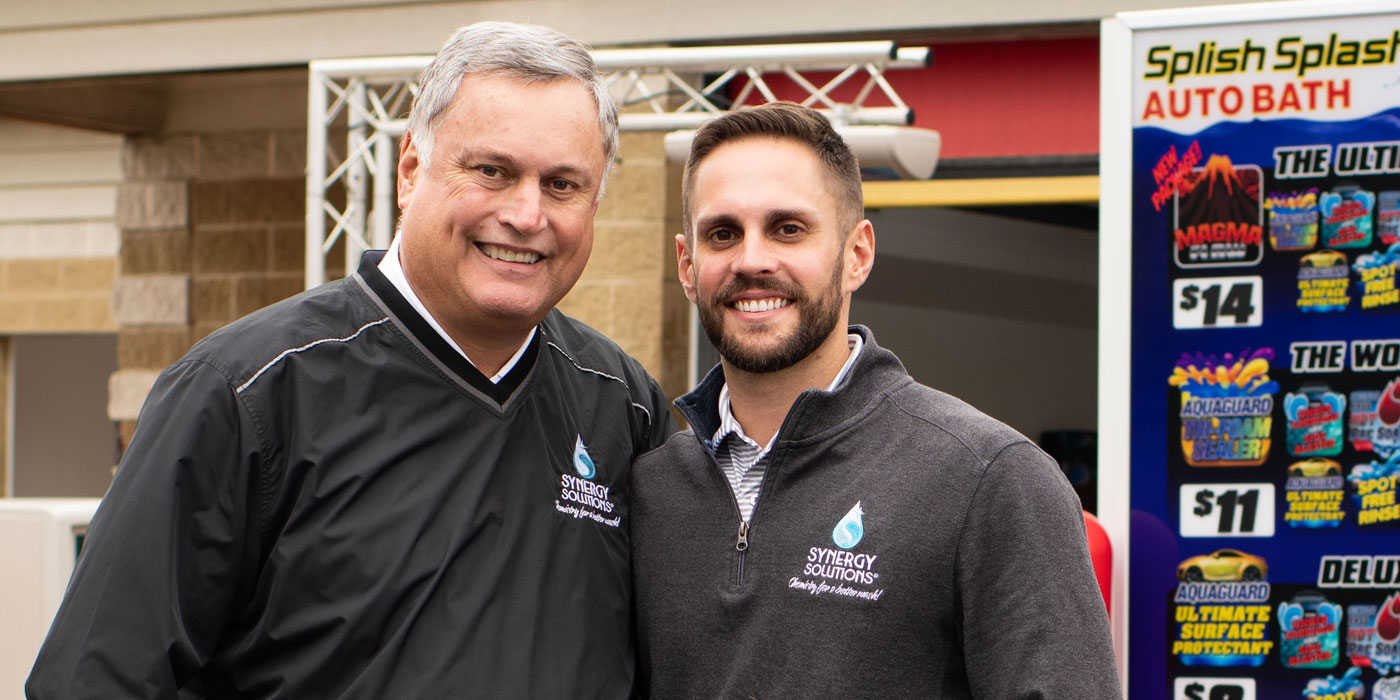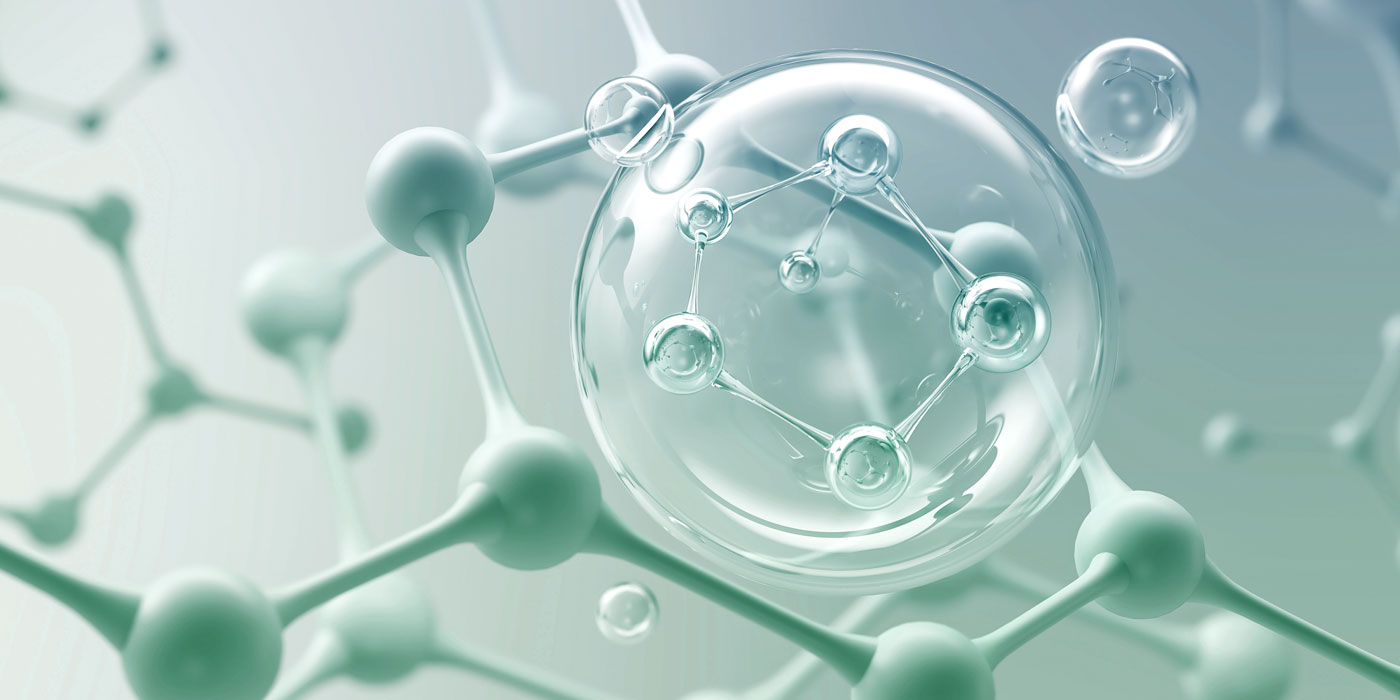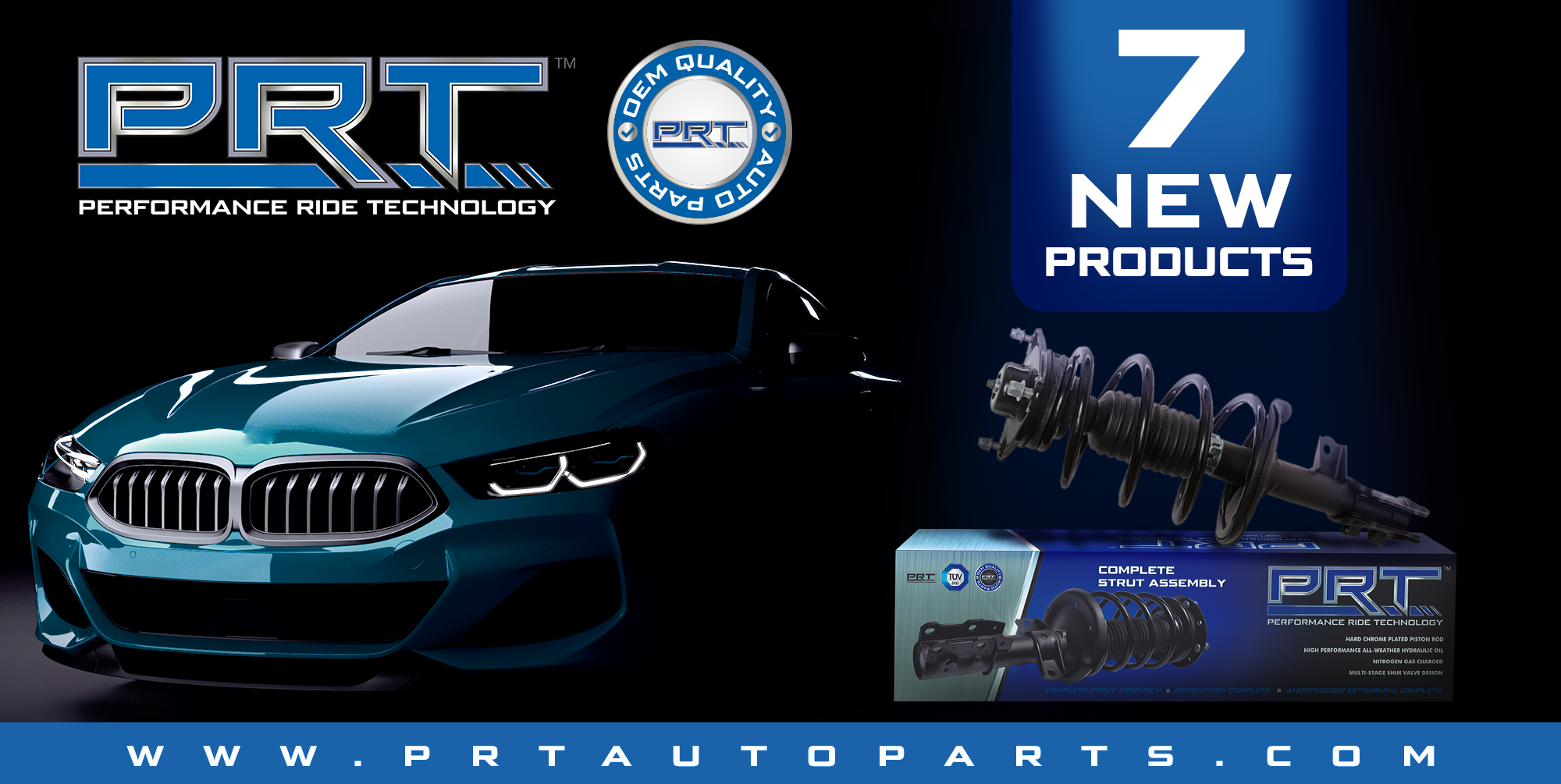As many as 1.6 trillion insects are killed each year in the Netherlands alone, according to a 2011 study, meaning there are upwards of 40 trillion bugs in the U.S. every year just waiting for carwashes to clean them off.
“The best time of year to offer pollen/bug removal varies by region of the country, but in general the pollen is in the spring and the bugs are between spring and fall,” reports Kipp Kofsky, president of Arcadian Services LLC, a 30-plus year manufacturer of industry chemical solutions.
When the pollen begins coating cars throughout the country, laying thick, sneeze-inducing, yellow blankets atop all those caked-on insects, car owners know it’s time to visit their favorite wash (and boost your business).
But bug removal isn’t always a seasonal thing. “Most areas of the country use bug remover chemicals in the spring when vegetation begins to pollenate,” says Stinger Chemical Vice President of Sales and Business Development Christopher Barboza. But, he adds, “There are parts of the country, mainly all southern states, east and west, where bug juice is utilized in the fall or even year around.”
Insects are tough
Customers often don’t realize how difficult insects — especially when baked on — can be to remove from vehicles. That’s because people rarely consider what happens to a bug when it hits a car going 50 miles per hour.
“The biggest problem with bugs has to do with the amount of time they are left on the vehicle,” Kofsky points out. “Most people do not get them cleaned off quick enough.”
When a bug hits a car’s surface, it explodes, and the chemicals inside it which leak out can be highly damaging. Barboza explains, “when [bugs] start decomposing, they produce destructive enzymes/proteins that actually bond to whatever substrate they hit, i.e., paint, plastics, etc. This in turn can actually etch into the surface because of the organic acidity, [which] is why we have to use a mildly alkaline/solvency formula to break/soften or mainly loosen the bond in a safe manner.”
Unlike our other seasonal friend, pollen, which generally is easily removed with a standard wash, bugs can require some added time, even necessitating a presoak for really stuck-on insects. Many might wonder exactly how bug removers get the job done.
“Chemical bug removers work in two ways, with the first being by softening the bugs to break their [bonds] with the surface. This is the best approach for relatively fresh bugs,” Kofsky tells us. “For bugs that have remained on a car for a longer period, a more aggressive chemical is needed that will actually dissolve the bugs from the car finish. Chemical selection and application is extremely important to protect the finish of the vehicle.”
Barboza adds, “Bug removers need time to complete this loosening process which is why we use different ratios at vacuum (stronger) than at drive on.”
Tunnels full of critters
Like most services in the industry, bug removal is best suited for one wash format over the others, but it is a service all washes can and should offer.
Kofsky says full-service washes are the best formats for bug removal services, since bug remover usually is “applied before the car enters into the carwash. The bug remover needs to penetrate but not dry and then be removed with a high-pressure sprayer.”
“For extremely difficult bugs, scrubbing may be necessary with a microfiber towel using the bug remover chemicals,” explains. “This is where a full-service format has an advantage and can gain additional revenue.”
Barboza concurs: “Bug removal is best suited when some type of high pressure is applied after a suitable dwell time, which is the tunnel market. A hybrid type of tunnel (friction and high-pressure) is [well-suited, too], but it all depends on the wash.”
“I always tell my tunnel customers to run a vehicle through and see what actually needs to be prepped; let your wash process dictate your prepping needs,” Barboza adds.
The self-serve format also offers an area for increased revenue in vended bug remover. But it is necessary to ensure customers are fully informed on usage.
Kofsky says, “It is very important the specific instructions are included with the signage on how to use the bug removal product. The bug removal chemicals will have a separate option, and it will be necessary to remove the chemical with a high-pressure spray following.”
In-bay automatics are less ideal than the other formats for bug removal, but it is still an option. “For in-bays the bug removal is a bit more difficult but can be done. The settings on an in-bay unit can be adjusted to apply the bug removal chemicals to the front of the vehicle, followed by a dwell time, [and] then a rinse of the area following.”
A bug in your ear
When the pollen comes down and the bugs begin to splat the windows, these extra services really sell themselves, but different wash formats can market bug removal in different ways, with some offering it as a complimentary service and others as ancillary.
Barboza says most full-serves add “bug prep on every package,” though some do charge extra for the service, especially for vehicles with baked-on bugs, and most exterior express models offer bug removal as an upgrade.
“Some exterior expresses will have an attendant that will utilize bug removers through a low-pressure spray gun on every vehicle. The same goes for automatics, especially touch-free units; they will have an additional front-end bug pass, usually the same alkaline presoak pass in a higher cost package,” Barboza adds. “Full-serves will [offer] à la carte bug removal as a detail service, and price depends on severity.”
Whether to charge for the bug removal service is really up to each wash and what is best for the market it is in, especially in high-demand areas.
“In all formats, signage is very helpful to point out that bug removal services are available. Also highlighting the bug removal options on automated pay stations is very important as an option to increase revenues,” Kofsky points out.
Barboza agrees. He says, “Washes can use POS material such as handouts, driveway [signs] or banners to get their [messages] across, especially if it is in an upgraded wash.”
Washes also need to be sure to train employees on the process and how to upsell the service to customers, going beyond simply telling clients it is an option by explaining the importance of removing bugs and the harmful effects of not doing so.
Keep the juices (from) flowing
Bugs and pollen, while generally considered banes of life, are great friends to the carwash industry. They keep customers coming back in the warm months when business is often slower.
In addition, Kofsky explains, “Applying a full-body protectant, good wax or sealant will really help with future bug removal tasks. This will prevent the bugs from really adhering to the paint of the car and make removal much easier,” meaning easier upselling of these services.
The bugs just keep on giving.
Amanda Hosey is assistant editor of our sister publication, Cleanfax. She can be reached at [email protected].

